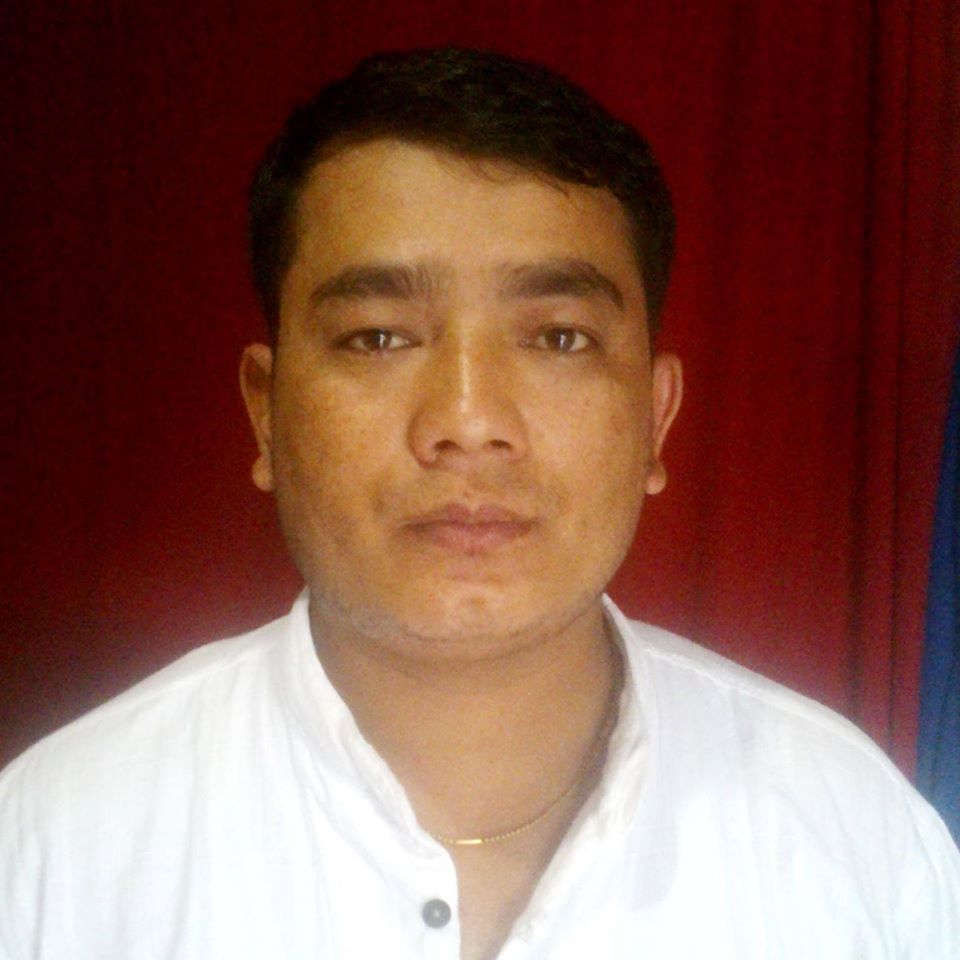Money
Electrification drive bears fruit in remote villages
Villages that remain to be connected have been demanding an electricity connection, after roads
Mohan Shahi
“As other rural towns started getting a regular supply of electricity, I used to think that there will never be electricity in my village,” said Jethara. “Two years ago, I dreamed of my village lit up with electric bulbs.”
But just last month, his dream came true. Denizens of the rural municipality residing in 150 households saw a regular supply of electricity for the first time. To mark the joyous occasion, the villagers butchered a goat and organised a feast.
Since their village got electrified, Devi Bogati’s way of life has changed over the week. She, a resident of Bogtan Fudsil rural municipality used to carry out kitchen chores under the dim light of an oil lamp and her children studied under the same lamp.
With their house electrified, Bogati and her children have stopped using oil lamps.
Rural electrification in Nepal has been expedited in recent times and the expansion of electrical grid from towns to remote areas has brought a change in way of life. Villages that remain to be connected have been demanding an electricity connection, after roads.
As per records, more than 10 settlements in Doti have been connected to the grid in just over six months.
And locals say that has made a hard life easy.
“The ways to execute daily tasks like grinding grains and pounding paddy have changed with regular electricity supply,” said Ram Chandra Rana, ward chair of K I Singh rural municipality-5. “Not only that, but electricity has made it easier to irrigate farms and use mobile phones.”
As per the records of Doti Small Electricity Distribution Unit, out of the 41,460 households in Doti, 29,071 houses are now fully electrified and have electricity meters.
According to Bishwa Nath Shah, a technician at the Unit, the power utility has a target to connect all the remaining houses in the power grid within this fiscal year.
“Out of 9 local levels, two local levels — Badikedar and Bogtan — remain to be connected to the national grid,” said Shah. “We are gearing up to build transmission lines within this fiscal year.”
Although Badikedar has a hydel scheme in Kapdigad which feeds power into the national grid, around 2744 households have not been distributed electricity. And different villages in Bogtan rural municipality have their own micro-hydropower schemes.
Once, the village of Sayal used to have electricity but it remained in darkness for three years. Nestled in a remote region, the villages of Daud and Toleni in the Sayal rural municipality were fed electricity by four hydel schemes in Sailigad and Sanigad rivers.
The four schemes were shut down after floods ravaged the power station and canals beyond repair. Three years later, the villages are now connected to the national grid.
“The locals have regained their lost happiness,” said Dil Bahadur Singh of Sayal rural municipality. “However, we feel sad that the effort and investment we put into building the four schemes went in vain.”
The four micro-hydro plants, built with an investment of Rs 4 million to Rs 9 million, each used to churn out a combined 146 kilowatts.




 5.62°C Kathmandu
5.62°C Kathmandu















